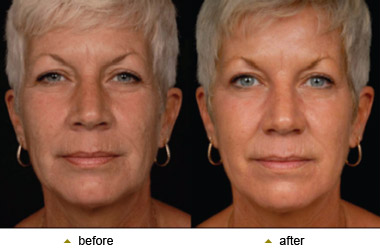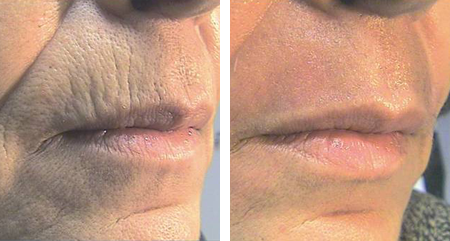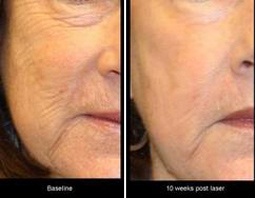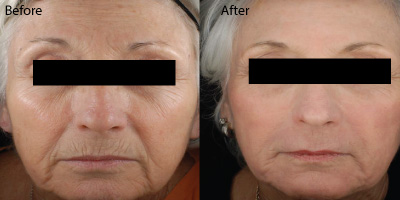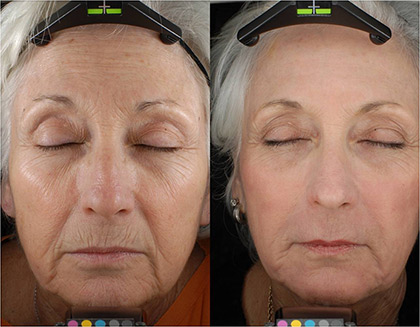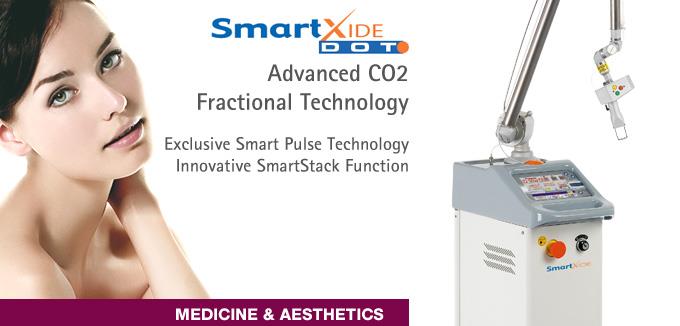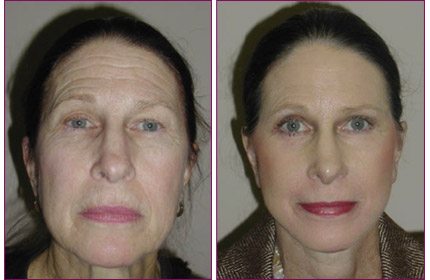Thanks to the exclusive fractional dot technology skin rejuvenation can now be stimulated by acting efficaciously and safely on the most evident signs of time with a significant reduction in recovery times minimum down time.
Deka smartxide dot fractional co2 laser.
Fractional co2 lasers such as the deka smartxide dot are used to treat wrinkles scars skin textural problems and photoaging.
4 different pulse shape can be selected.
Smartxide dot is deka s new co2 laser system that allows you to work in either a traditional or fractional manner.
Smartxide touch dot rf advanced laser source.
The smartxide dot therapy presents a new degree of fractional co2 versatility previously unseen in the world of ablative laser surgery.
Smartxide tetra co2.
Deka dot is able to adjust the size and pattern of the laser treatment square rectangle or circle.
Deka smartxide dot is a fractional co2 laser system that works on an electronically pre set network of points without removing the entire skin surface as with other systems.
Patients of all ages are seeking fractional resurfacing.
The core of smartxide touch laser is an rf co source empowered by psd technology that can produce fractional laser pulses with variable pulse shapes duration energy and peak powers.
With the smartxide dot the physician is able to aggressively treat skin conditions with as much or as little downtime as the patient is willing to accept.
The smartxide tetra co2 laser is one of the most advanced co2 technologies available with the ability to perform a broad range of treatments.
There are many different brands of fractional ablative lasers with the deka dot system being one of them.
Photoaging includes a variety of skin changes caused by age sun and the environment including skin laxity wrinkles pigment changes sun spots increased blood vessels and a roughened texture.
Deka dot also referred to as smartxide has a variety of adjustable features to customize treatment for a number of patient concerns.
Traditional co2 lasers are ablative which means they remove the skin s surface layer.



